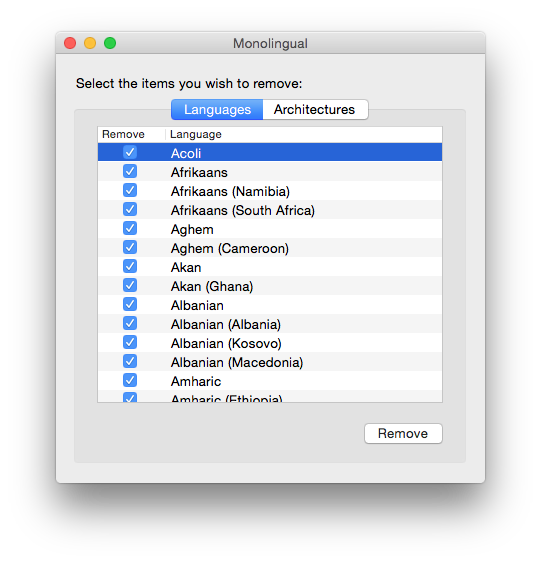

In their experiment, participants viewed two side-by-side novel images during training, and heard the novel name associated with each image, without indication as to whether the words were named left-to-right or right-to-left.

(2016) asked whether adults in Sydney, Australia could learn novel words produced in Australian English via XSWL while simultaneously encoding fine phonological detail. The most extreme case of phonological overlap is seen in minimal pairs, in which words differ by only a single segment (e.g., TIP-DIP or TIP-TAP). However, real-world word learning requires that words be encoded with fine phonological detail due to the presence of many phonologically overlapping words. For pairs like this, listeners do not need to pay attention to fine phonological detail to differentiate competitor words and therefore do not need to pay attention to such information to allow learning. GAX Smith and Yu, 2008 Vlach and Johnson, 2013). Studies on XSWL have typically included words that contained gross phonological differences (e.g., BLICKET vs. After the learning phase, participants are presented with a forced-choice test in which they are asked to identify object-label mappings. During the learning phase, participants are not given instruction with regard to the nature of the task, and instead are simply asked to view the trials.
Monolingual big sur series#
In a typical XSWL experiment, participants are presented with a series of ambiguous learning trials consisting of multiple objects and multiple words, with no explicit indication of word-object correspondences. Nonetheless, evidence shows that both infants ( Smith and Yu, 2008 Vouloumanos and Werker, 2009 Vlach and Johnson, 2013) and adults ( Yu and Smith, 2007 Smith et al., 2011 Suanda and Namy, 2012 Yurovsky et al., 2013 Dautriche and Chemla, 2014) can learn novel words through XSWL. This type of learning, commonly termed cross-situational word learning (XSWL), appears staggering when one considers that the world presents learners with a seemingly infinite number of candidate referents for a single word in any one moment in time ( Quine, 1960). Humans are powerful statistical learners, and through this ability can implicitly derive the most likely referent of a novel word based on the likelihood of a candidate referent occurring simultaneously with an auditory word. Some words are learned implicitly, by tracking the occurrence of an auditory word across multiple presentations in the context of multiple candidate referents. While many of these words are learned explicitly, through instruction or clear, coinciding presentation of the word and its referent, not all words are learned in this manner. Typically, a person has learned 10s of 1000s of words by adulthood. We discuss evidence for this bilingual advantage as a language-specific or general advantage. Specifically, all participants failed to learn vowel contrasts differentiated by vowel height.
Monolingual big sur trial#
Additionally, response patterns to the different trial types revealed a relative difficulty for vowel minimal pairs than consonant minimal pairs, replicating the pattern found in monolinguals by Escudero et al. This supports that bilingualism fosters a wide range of cognitive advantages that may benefit implicit word learning. Furthermore, bilinguals were overall more accurate than monolinguals. Both groups learned the novel word-referent mappings, providing evidence that cross-situational word learning is a learning strategy also available to bilingual adults. Here, we compared monolinguals’ and bilinguals’ performance on a cross-situational word learning paradigm that featured phonologically distinct word pairs (e.g., BON-DEET) and phonologically similar word pairs that varied by a single consonant or vowel segment (e.g., BON-TON, DEET-DIT, respectively).

While past studies have investigated this as a learning mechanism for infants and monolingual adults, bilinguals’ cross-situational word learning abilities have yet to be tested. To succeed at cross-situational word learning, learners must infer word-object mappings by attending to the statistical co-occurrences of novel objects and labels across multiple encounters. 3Department of Psychology, National University of Singapore, Singapore, Singapore.2Centre of Excellence for the Dynamics of Language, Australian Research Council, Canberra, ACT, Australia.1The MARCS Institute for Brain, Behaviour and Development, Western Sydney University, Penrith, NSW, Australia.


 0 kommentar(er)
0 kommentar(er)
